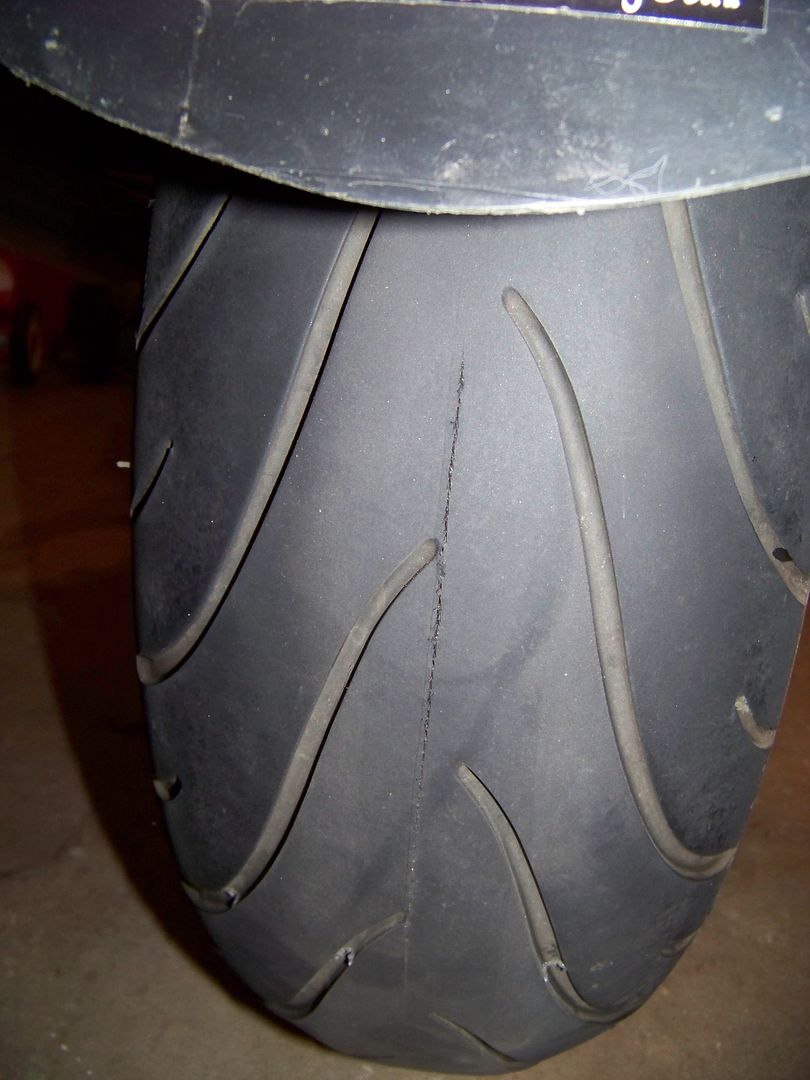wheatonFJR
...
Yep. When I was confronted with the fact that I was not protected by my rubber tires, or deer whistles, or gremlin bells or whatever they are, it was sobering. Zeus didn't get me that day.You wuz just lucky. Doesn't work that way on a bike. A car makes a faraday cage which is what protects you. As this thread starts to slip slide away, someone will start clamoring for this to be split off....I counted on that theory in 1979 when I took my brand new XS Eleven around Lake Michigan. As I was crossing the Mackinac Bridge I saw a front to the west, black as night. It rained, poured, lightning strikes left and right lighting my way in the black gloom, knowing full well that rubber tires will save me.





































